You Can Be Part of the Solution
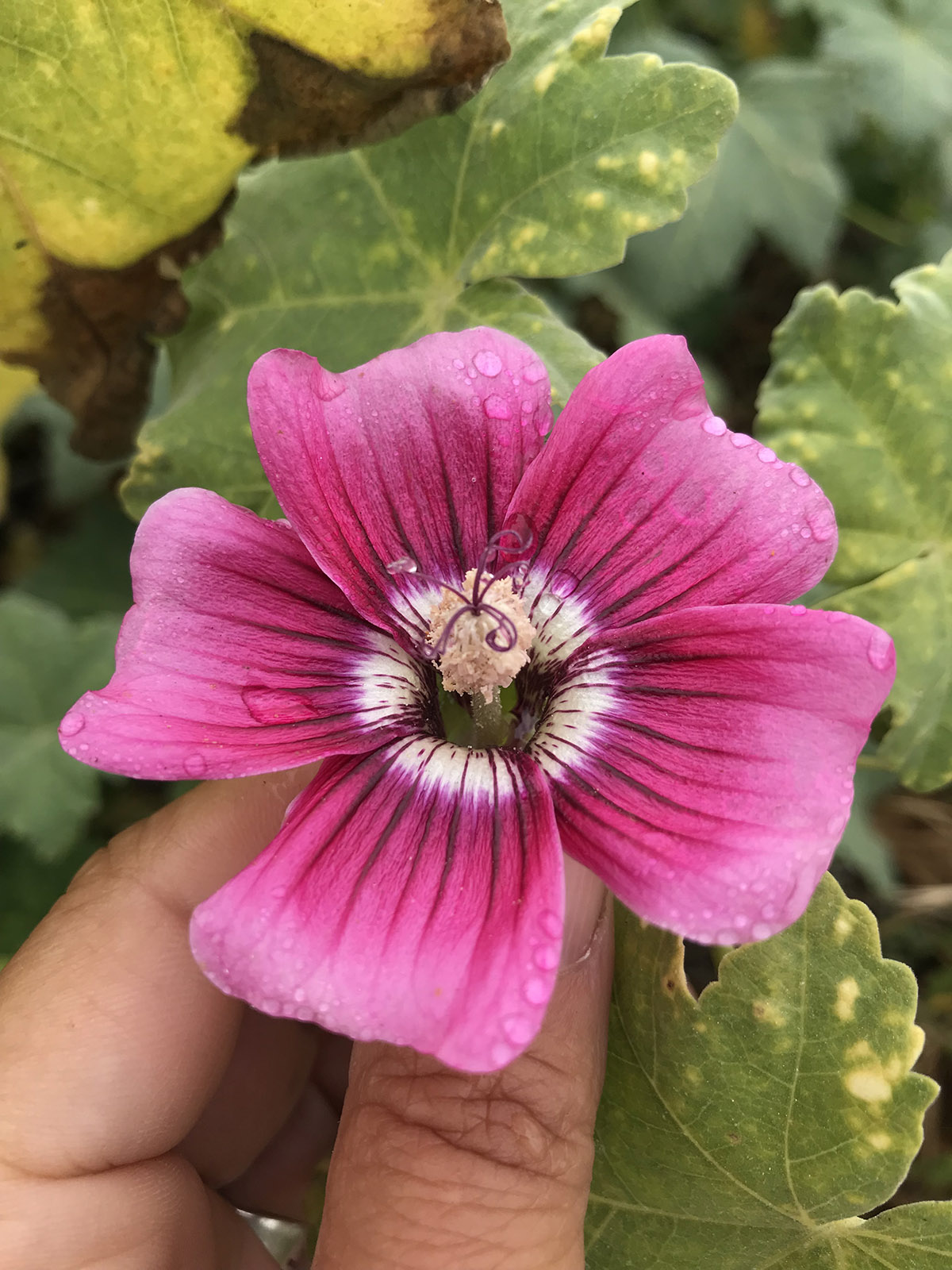
Get Involved
Make Protecting Your
Habitat a Habit
You don’t have to wait for local or national policies to catch up; you have the power right now to create change right in your own backyard. Here are just a few ways you can be a part of the solution and conserve native plants and habitats at home, in your neighborhood, and throughout your community. Let’s get started.
Community Conservation Links
Self-guided Science
iNaturalist
Use your smart phone as a tool for science! By taking photos and uploading them to the iNaturalist app, people of all ages and abilities can record a wealth of information about nature and learn more about it in the process. As the database grows, volunteers are producing a living record of life on Earth that scientists and land managers can use to monitor changes in biodiversity. Curated projects, like those listed below, can help us restore habitats by answering specific questions like, which insect pollinators use which flowers or is that nonnative plant becoming invasive?
California Pollination Project
2020 California Urospermum Challenge
eBird
eBird is a global platform for sharing bird sightings and provides helpful visualizations for bird identification and distribution. Before your visit, consider looking up Santa Barbara Botanic Garden’s eBird “hotspot” to see what birds have been observed recently and over the course of the year. During your visit, use the eBird mobile app to submit observations of birds you encounter. Your data contributes to a growing high-resolution data set that tells us bird population and distribution trends.
Community Science
Landscape Transformation | Elings Park
Beginning in fall of 2023 and running three years, this restoration project concentrates California-native plants within a one-acre plot and compares the abundance, diversity, and composition of plant and animal life before and after the transformation. To achieve this work we’re seeking volunteers to help clear invasive plant species, prepare the site for plantings, plant our projected 1,400 plants, and monitor the progress along the way through varied scientific methods.
Phenology
Understanding how our changing climate affects seasonal cycles of native plants and animals is an increasingly urgent need. The intricate web that connects all life is disrupted when some plants flower sooner and others later, and the effects ripple throughout the entire system. Our garden of native plants is an ideal lab to learn about the effects of climate change on regional flora. We have partnered with Susan Mazer, Ph.D., director of the California Phenology Project, to gather data for our region through the California Phenology Project.
Live Fuel Moisture
When you drive by a Risk of Fire Danger sign, have you wondered how risk level is determined? Combining the measures of humidity, temperature, and live fuel moisture yield the level of risk. The Garden began a collaboration with the University of California Cooperative Extension in 2013 to enlist Garden volunteers to measure Live Fuel Moisture (LFM) in the Santa Barbara front country. In addition to determining the level of fire risk, the LFM project provides essential information on how the ongoing drought and climate change are affecting our native flora.
Monarch Butterfly Count
Monarch butterfly populations have declined over 95% since the 1980s. You can help by joining the local Western Monarch Count at Ellwood Mesa and other nearby locations; documentation helps us understand these trends and what we can do about them. Depending on where you live in California, you can also help by either planting native nectar plants or planting locally native milkweed, which Monarch caterpillars rely on to turn into butterflies. Learn more about what you can do to conserve Western Monarchs, and find out more about the Ellwood Mesa Monarch Butterfly Project.
Bumblebee Watch
Bumblebees are essential pollinators in agriculture and wildlands, however many species are suffering alarming population declines and we lack data on their distribution and trends that aid conservation efforts. The Xerces Society’s nationwide Bumble Bee Watch project helps scientists determine the range of each bumblebee species, a first step in understanding how we can help this critical pollinator throughout the country. Participation is as simple as signing up and uploading photos of bumblebees.
Christmas Bird Count
The National Audubon Society’s annual Christmas Bird Count (CBC) is one of the longest-running science projects involving community-collected data. For over 120 years, bird-watchers have gathered to count birds within two weeks of Christmas day. Each count is performed within a 15-mile (24-kilometer) diameter circle. The Garden falls within the Santa Barbara count circle, which is consistently one of the top “birdiest” counts in the country. To find out about participating in the CBC at the Garden, contact Scot Pipkin, the Garden’s director of education and engagement.
Volunteer at the Garden
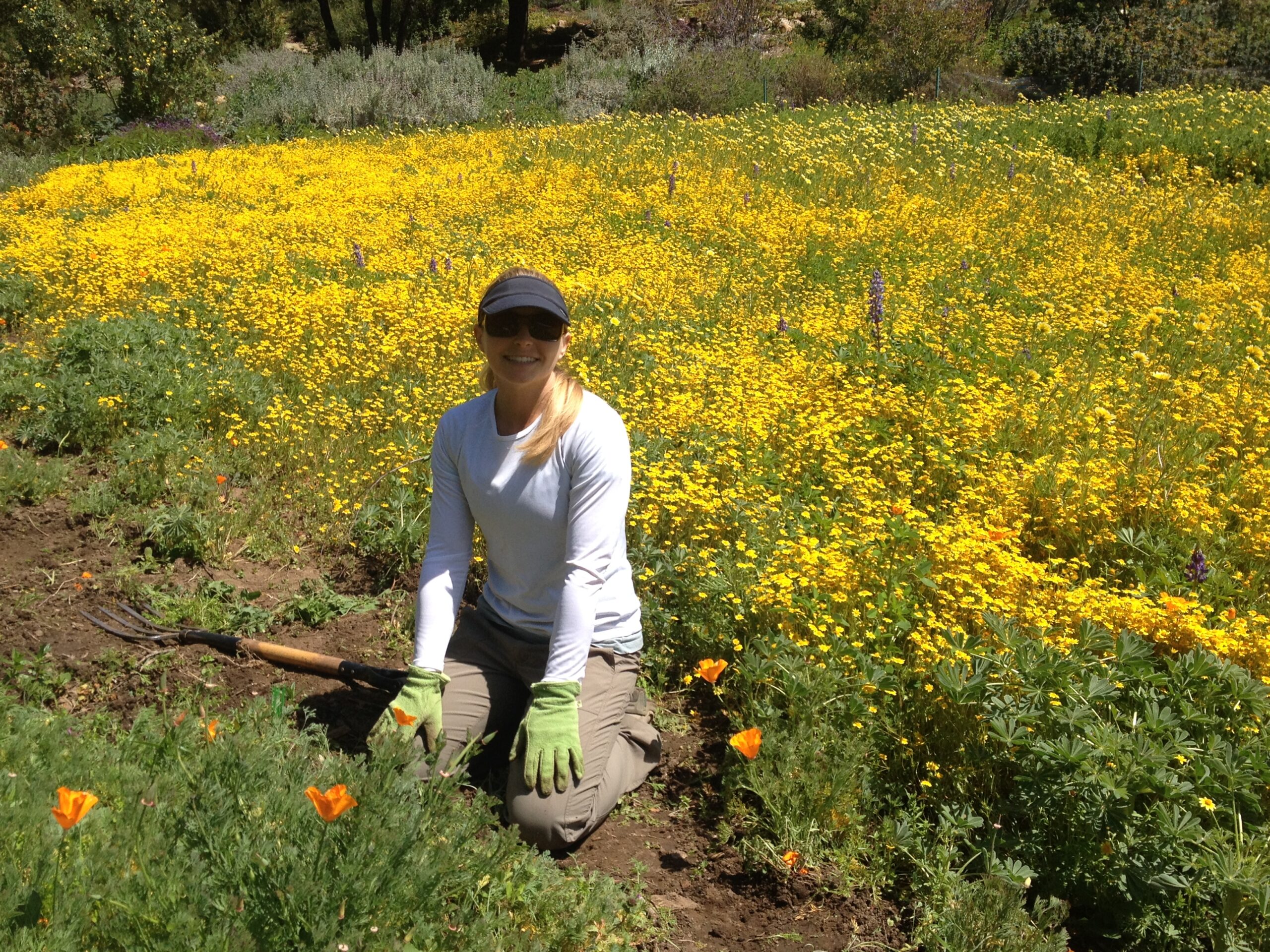
A Patagonia employee helps weed the Meadow Section
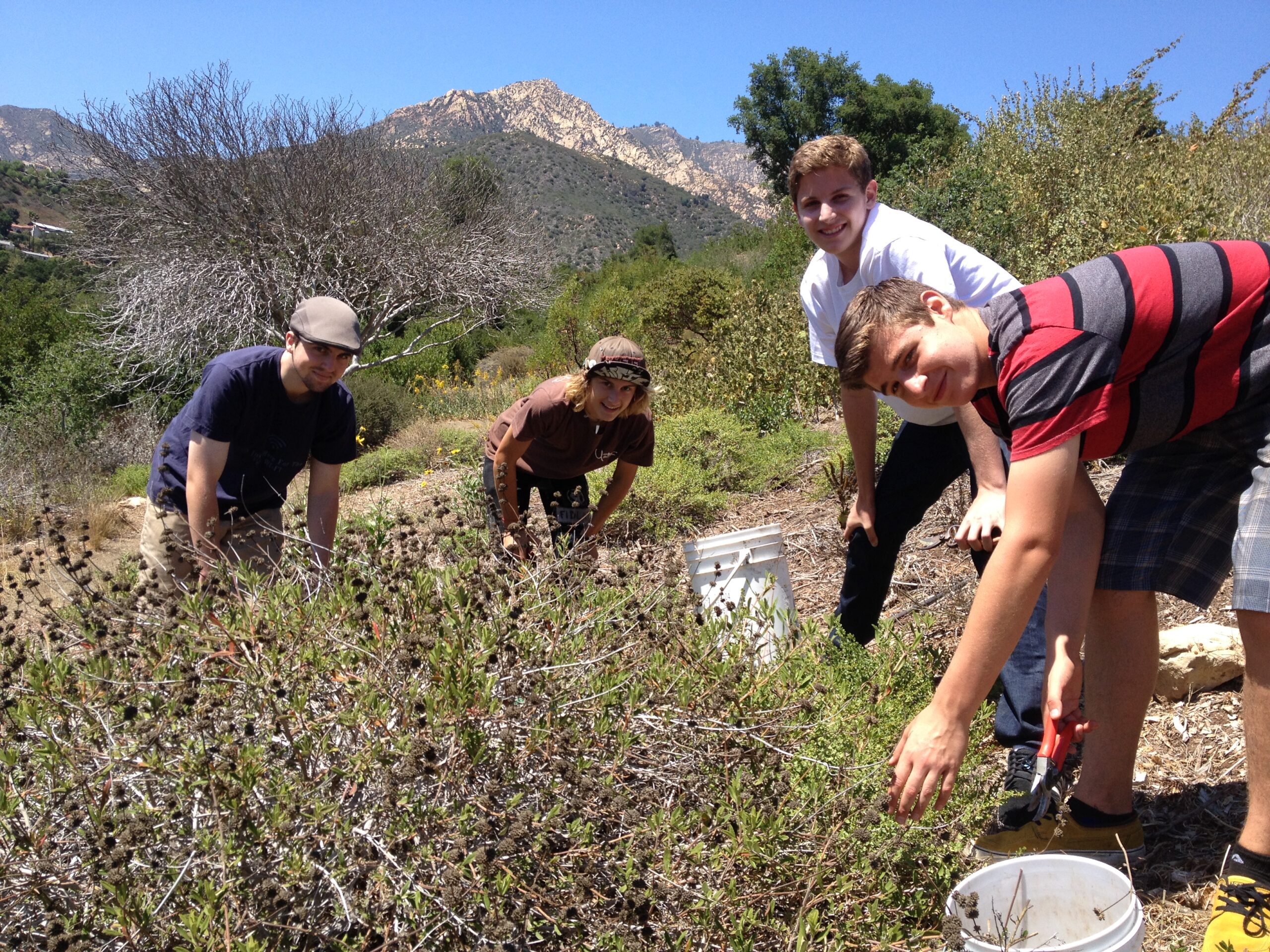
A summer teen volunteer gardening group (featuring a young Julian Lavelle, now a gardener at Santa Barbara Botanic Garden!)
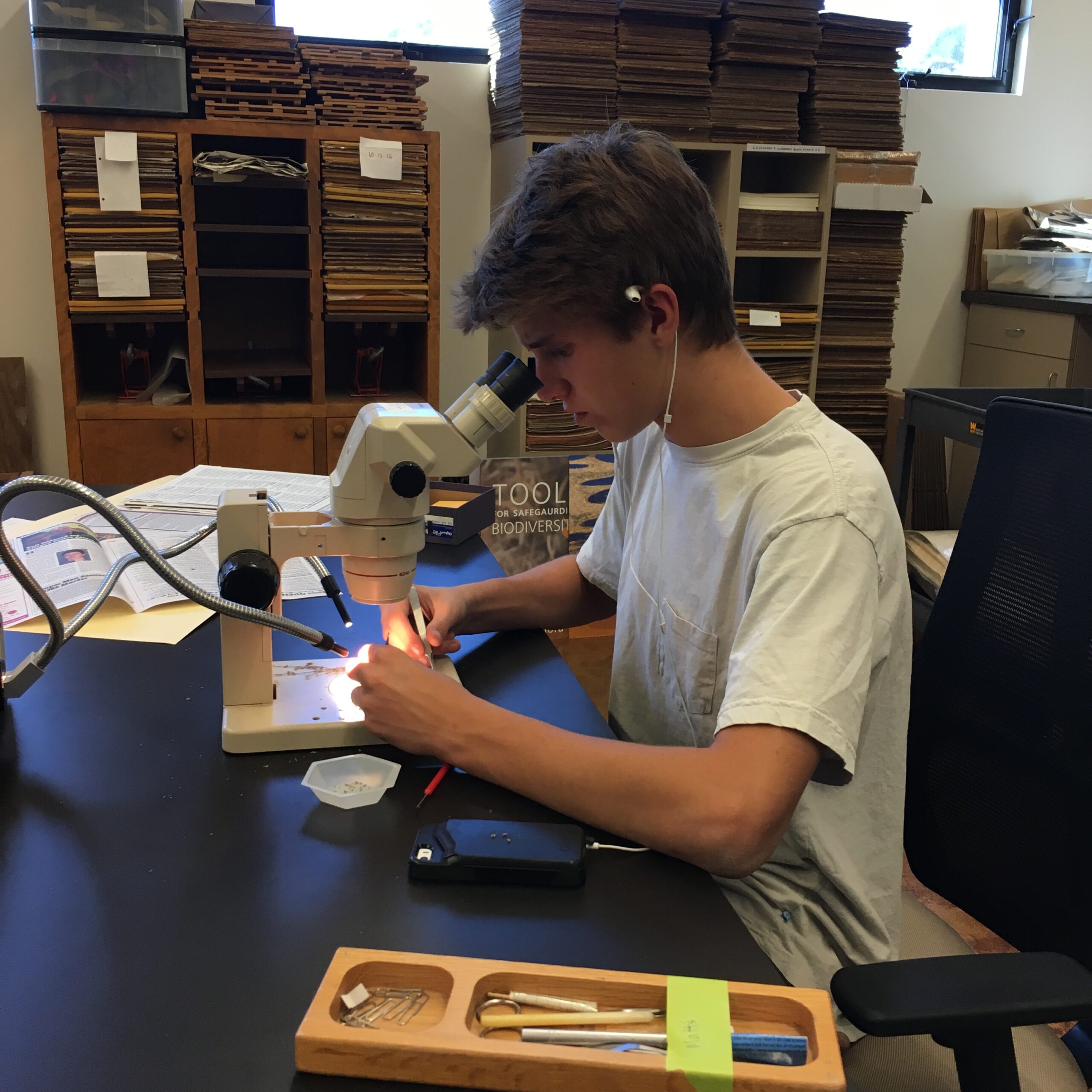
A teen volunteer sorting seeds

A group from Cate School
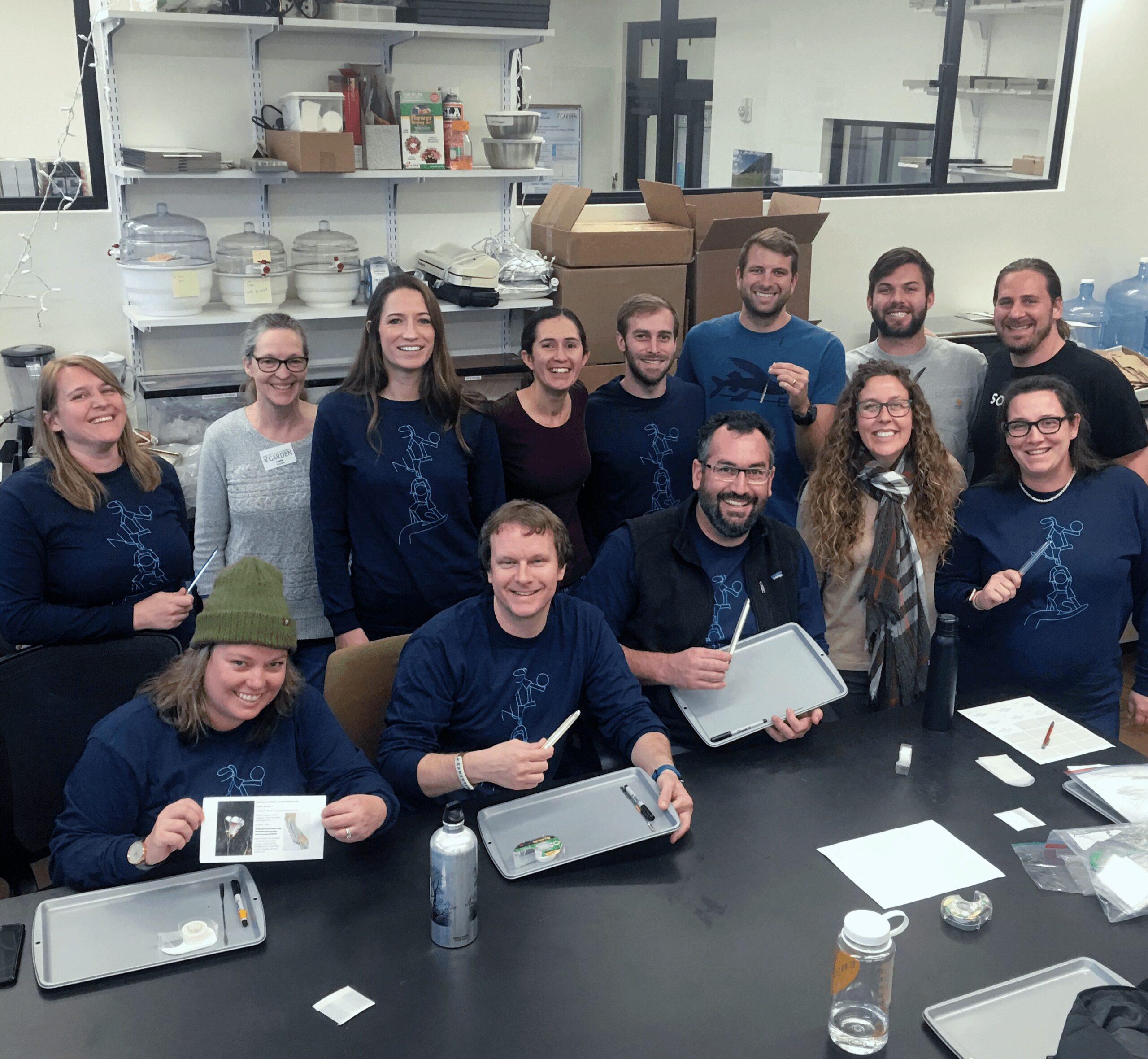
Group from Sonos assisting with seed cleaning
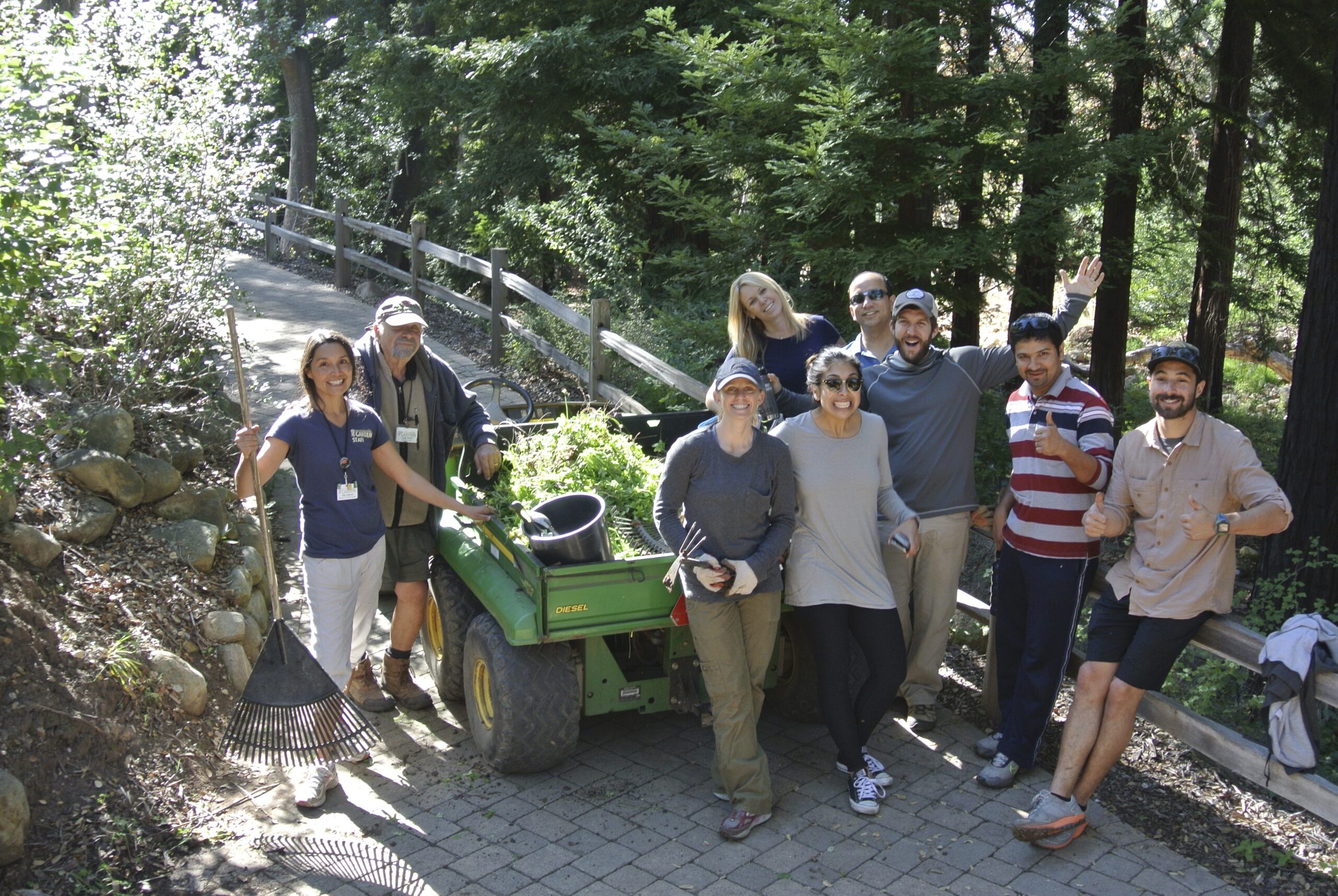
A group of volunteers from Toad&Co
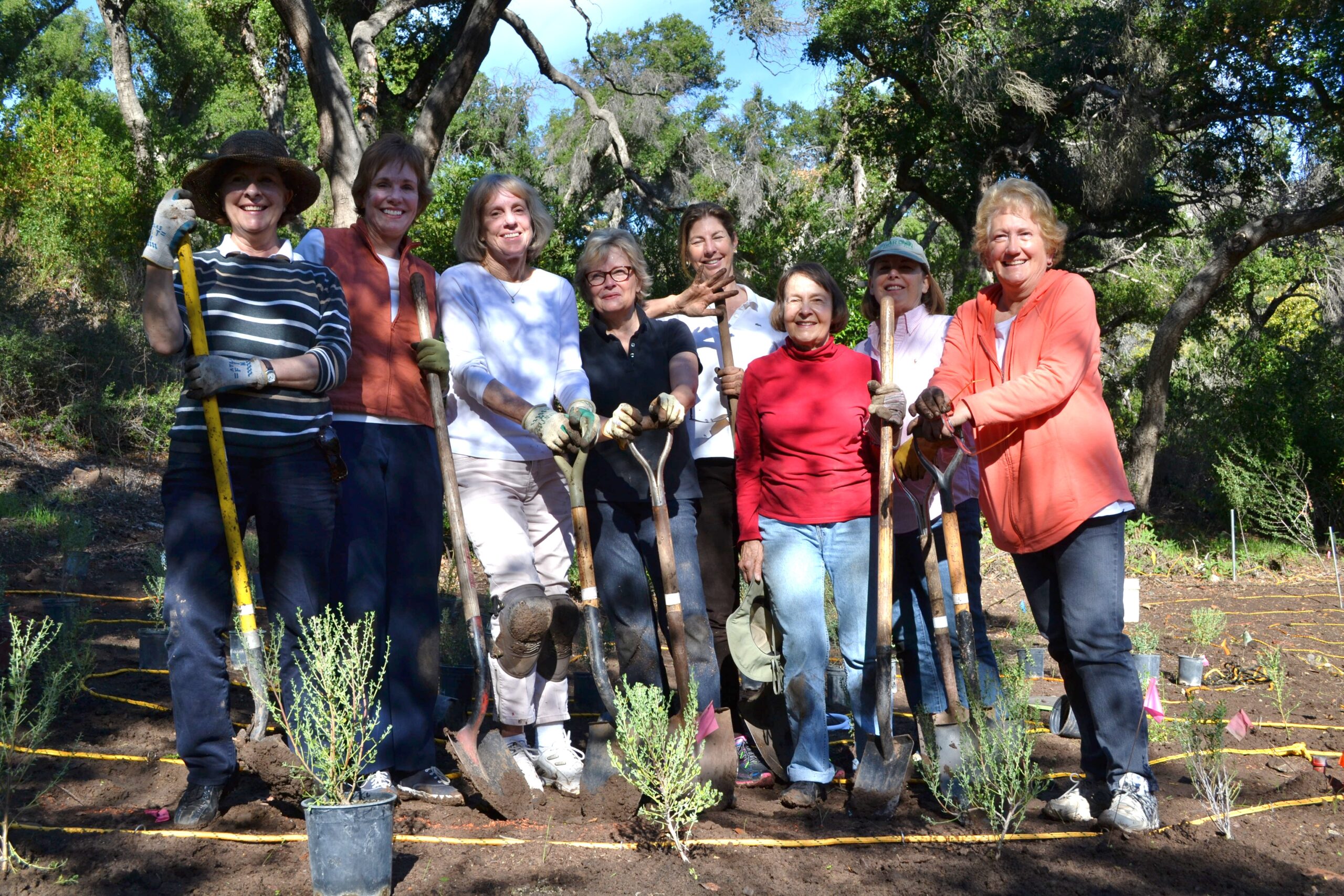
A local garden club volunteering for the day
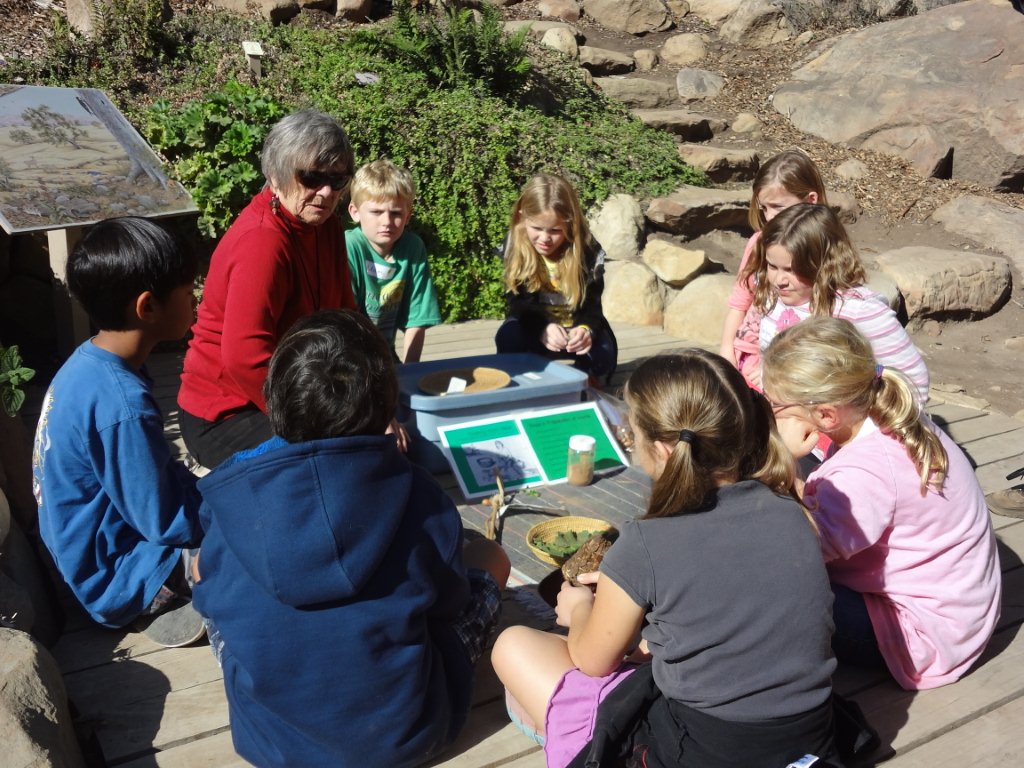
Docent Nancy Johnke leads a school tour

Docents and staff at our Golden Shovel event, breaking ground for the Pritzlaff Conservation Center
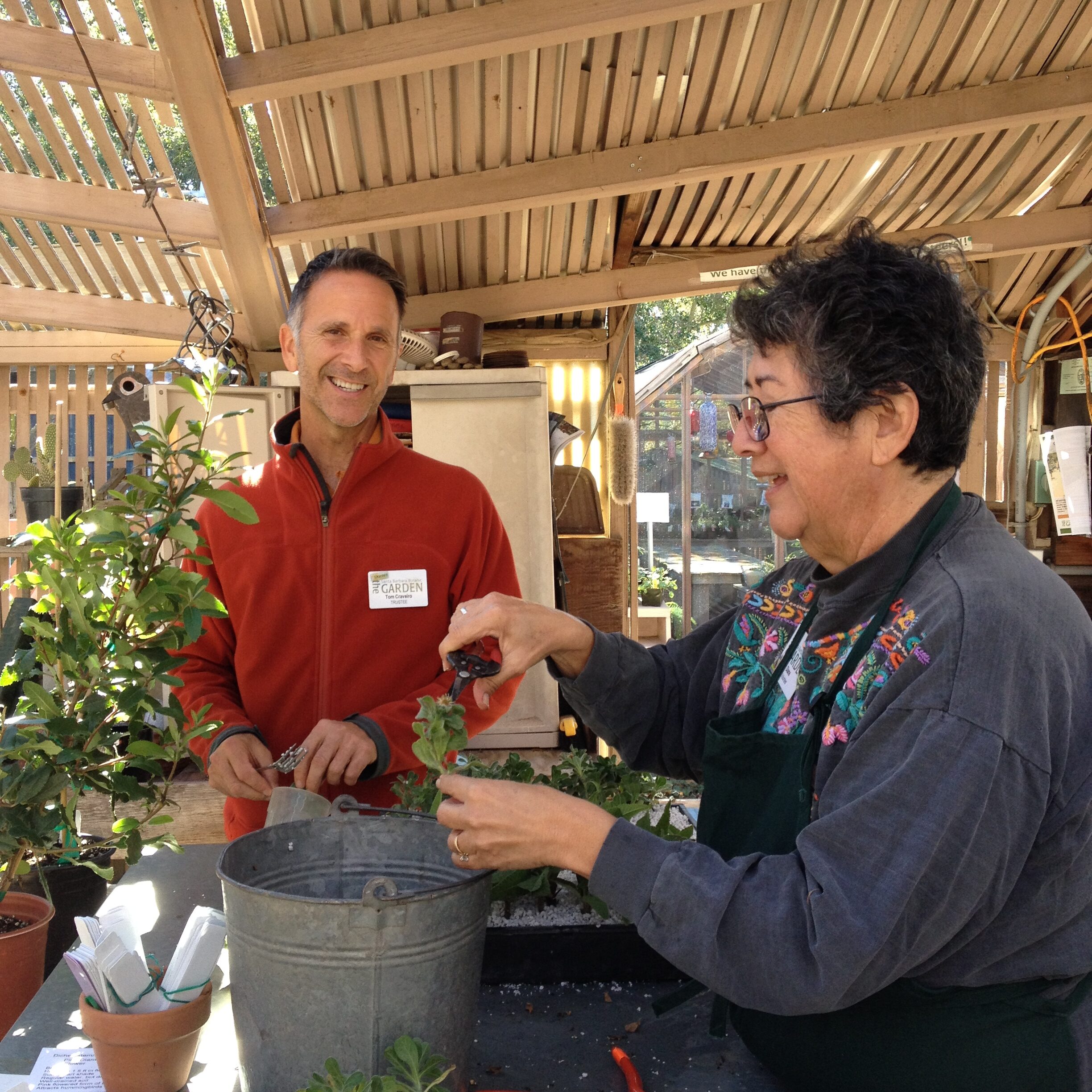
Tome Craveiro and Diane Galvan propagating plants in the Garden Growers Nursery
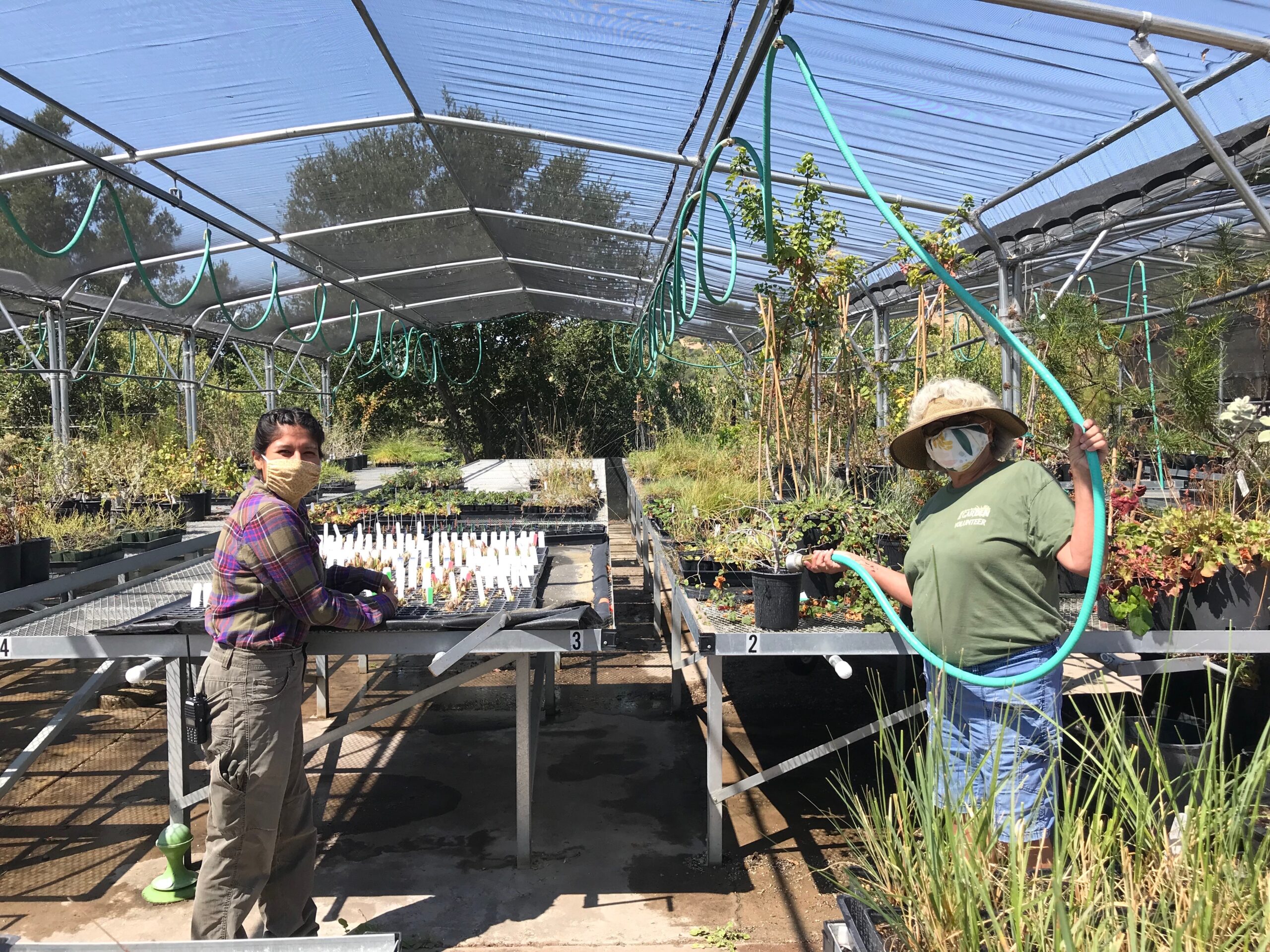
Propagator Jessica Fernandez and volunteer Dorothy Griffin in the Living Collection Nursery

Volunteer Paul Krier helps load up a car during the fall plant sale
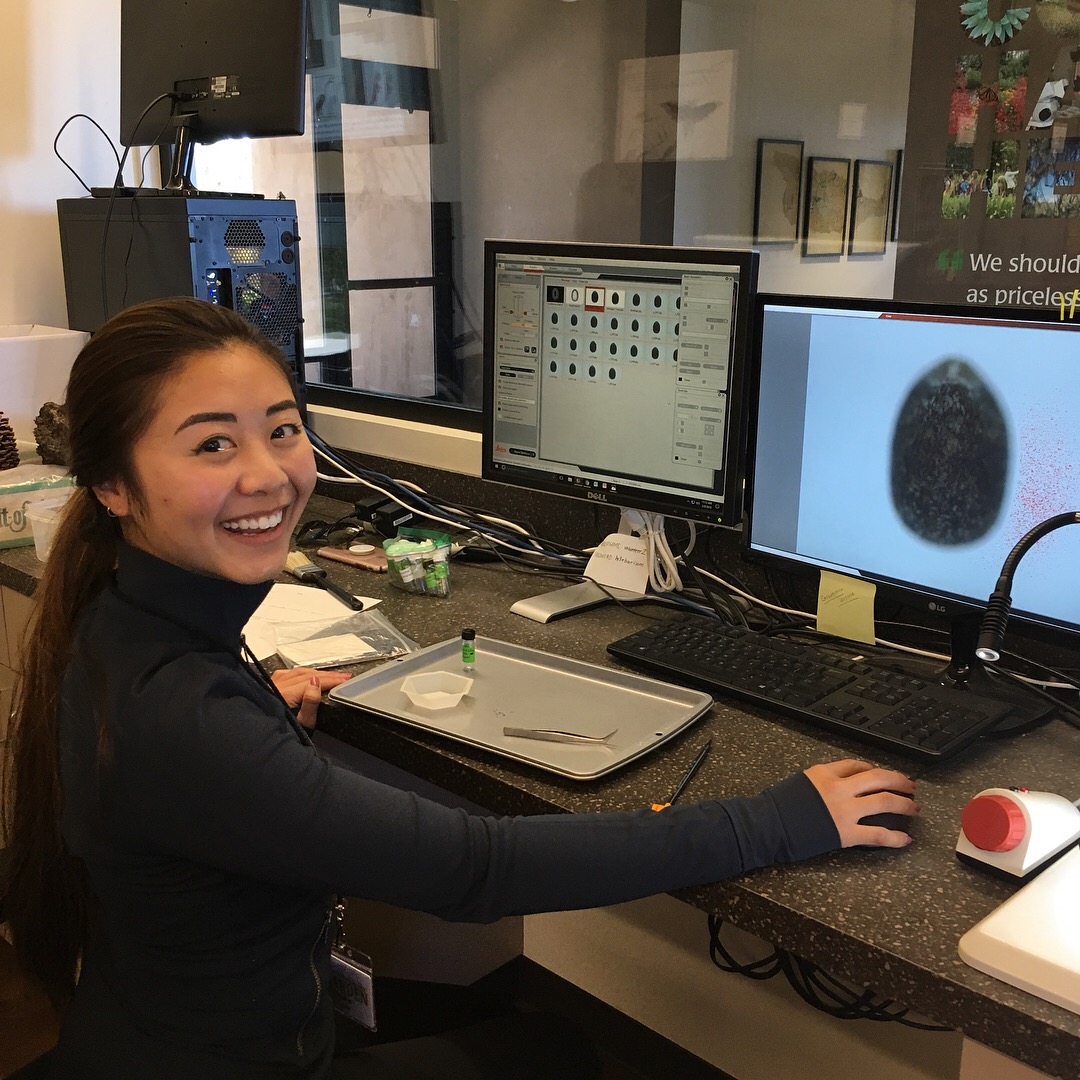
A volunteer helping to identify seeds
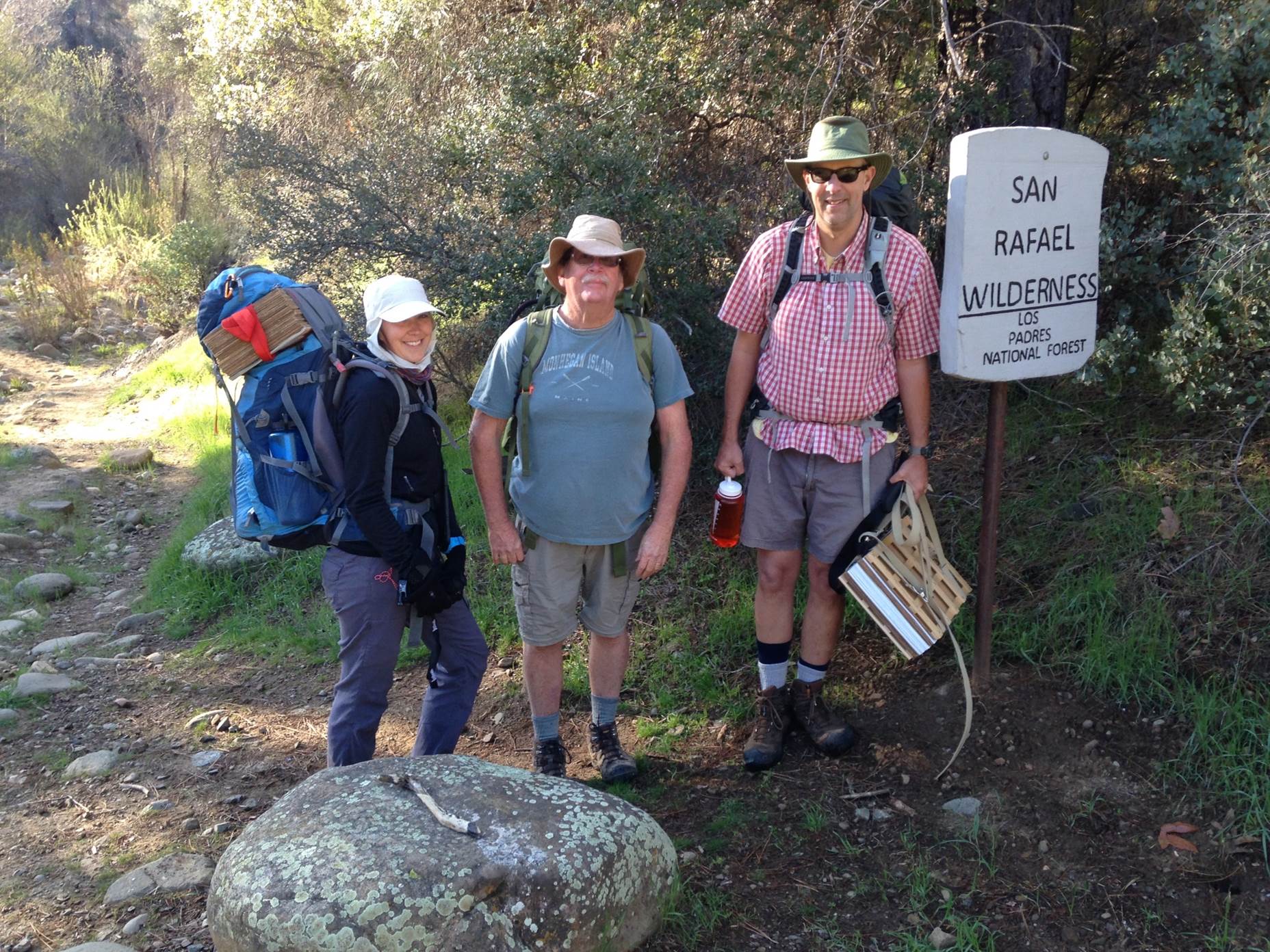
Peter Schuyler and Santa Barbara Botanic Garden staff working on Botanic Blackhole area survey
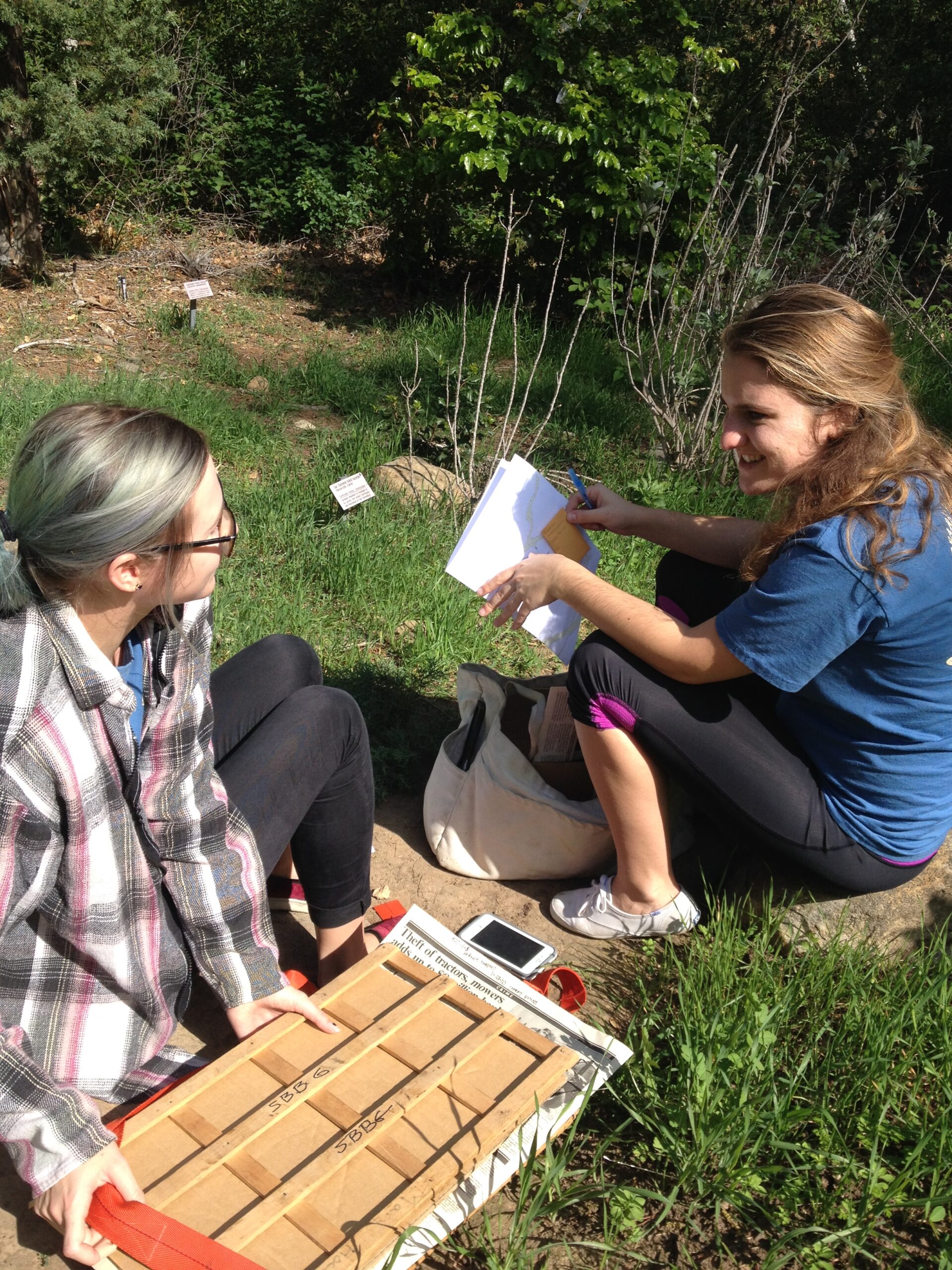
Conservation volunteers working on a phylodiversity project

A volunteer helping to clean seeds

Volunteers in Shin Kan An Teahouse

A volunteer from Levi Strauss & Co.
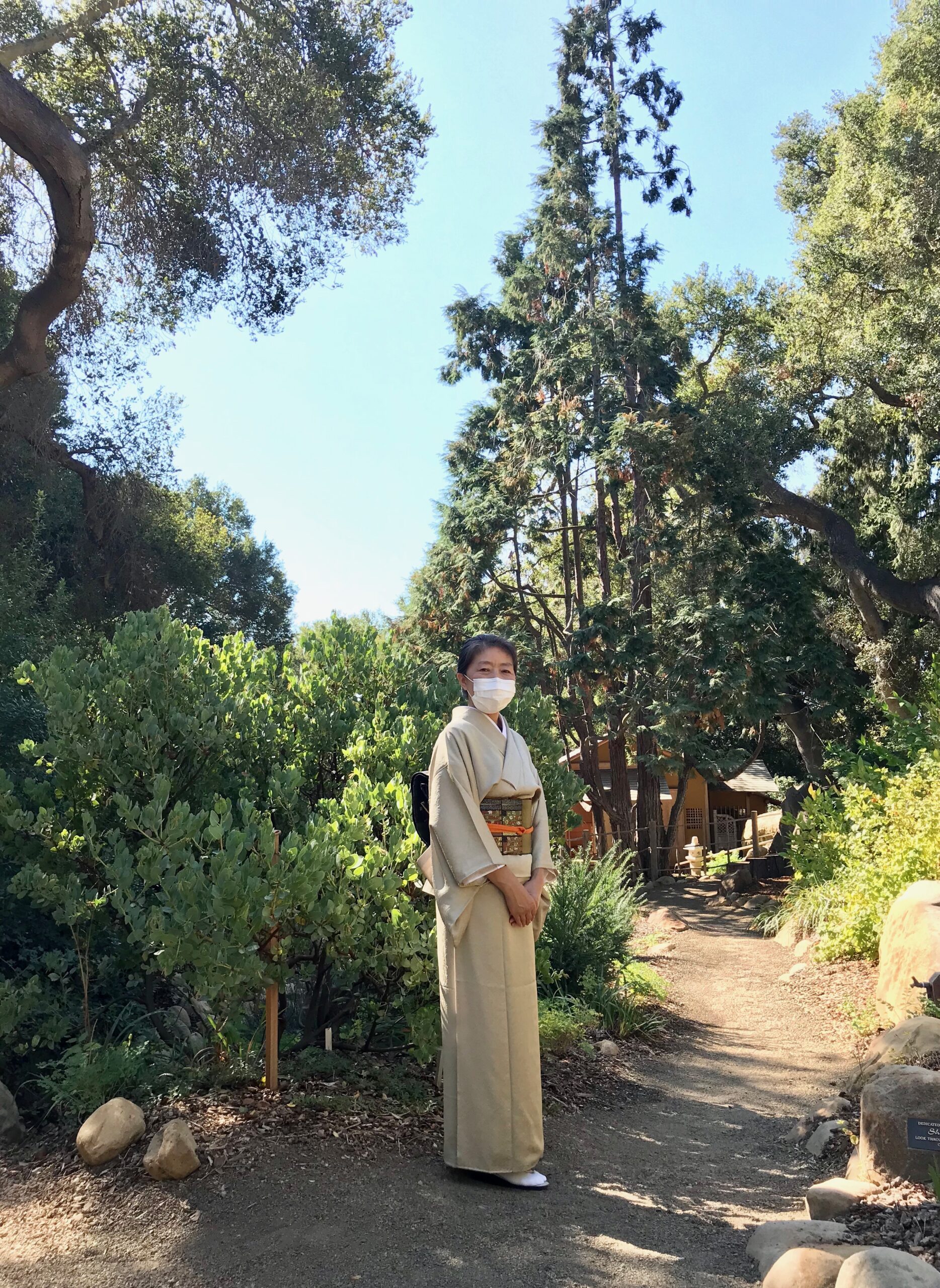
A Teahouse Section volunteer
 Donate
Donate